Sign up for workout ideas, training advice, reviews of the latest gear and more.

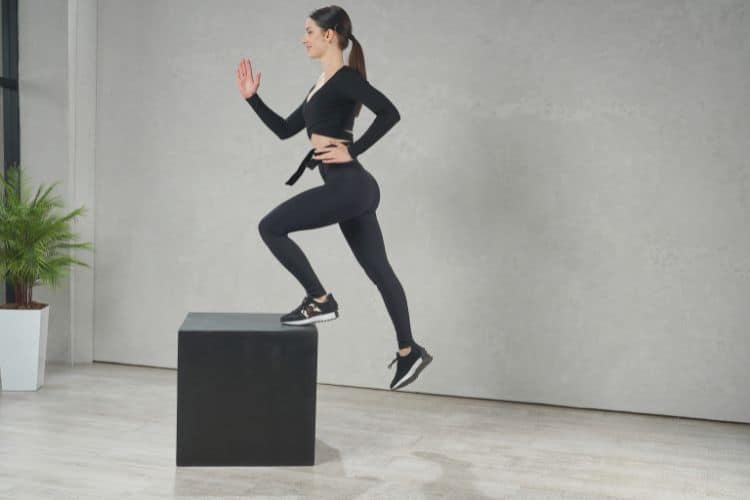
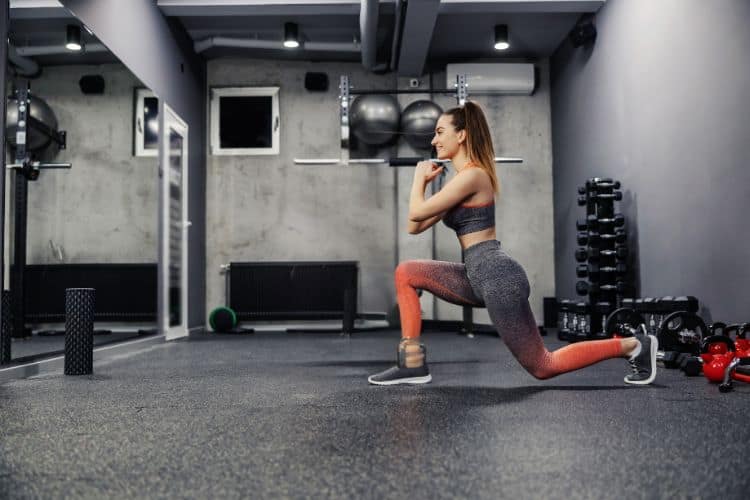
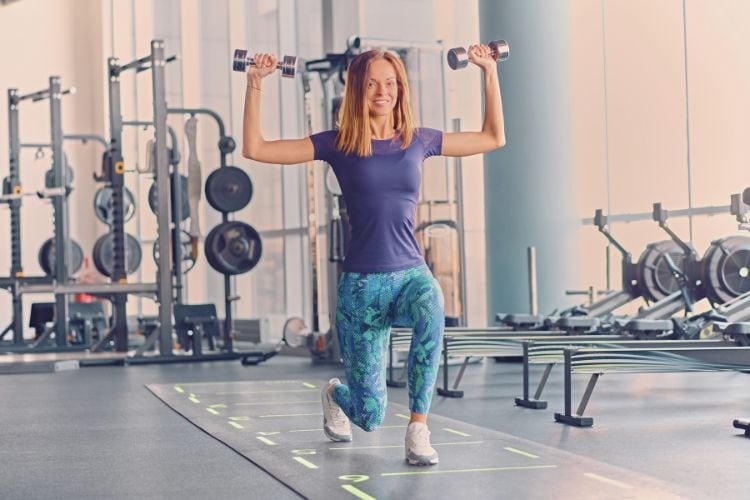
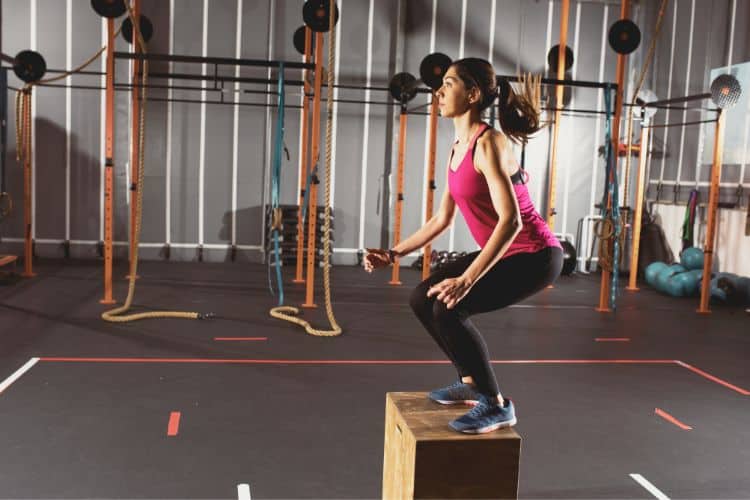
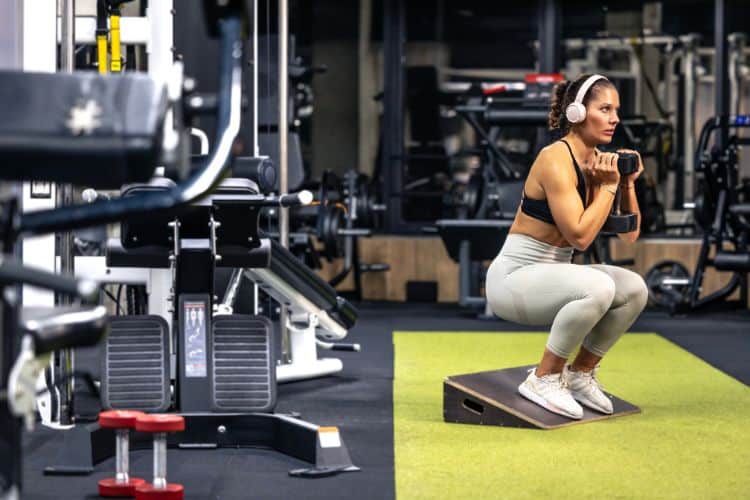
High-Intensity Interval Training (HIIT) has become a powerhouse in the fitness world, known for its efficiency and effectiveness. When combined with weights, it creates a hybrid routine that not only melts fat but also builds lean muscle mass. A 40-minute HIIT workout with weights strikes the perfect balance between duration and intensity—long enough to challenge your cardiovascular system, but short enough to fit into a busy schedule.
In this blog, we’ll dive deep into what makes a 40-minute weighted HIIT session so impactful, its benefits, how to structure one effectively, sample routines, and essential tips for maximum results.
Traditional cardio is great for calorie burn, and weight training is excellent for muscle building. But when you blend the two using HIIT principles, the synergy creates a metabolic furnace. This style of training keeps your heart rate elevated while introducing resistance, resulting in greater caloric afterburn (EPOC) and full-body muscle engagement.
For those with limited time, 40 minutes of HIIT with weights offers the best of both worlds. It torches calories during the workout and continues to burn fat long after you finish—thanks to the intensity and resistance components.
Using weights in HIIT significantly increases energy expenditure. You’re working multiple muscle groups, which boosts heart rate and burns more calories compared to steady-state cardio.
The use of dumbbells, kettlebells, or barbells in your HIIT routine activates different muscle fibers, leading to improved strength, definition, and muscle endurance.
Elevated heart rate intervals interspersed with short rest periods mimic real-life exertion and enhance your heart’s efficiency and oxygen utilization.
Weight-based HIIT training increases your resting metabolic rate due to muscle gains and post-workout oxygen consumption, which means you burn more calories even at rest.
This training method targets stubborn fat, especially visceral fat, which contributes to long-term health risks.
To build a comprehensive and balanced workout, divide your session into four key segments:
A dynamic warm-up gets your blood flowing and muscles ready. Examples include:
This is the core of your workout. Choose compound movements that target multiple muscle groups and alternate with short rest periods. A good structure is:
Stretch and gradually reduce your heart rate to avoid dizziness or soreness. Include:
Here are three highly effective routines that target the entire body, improve strength, and accelerate fat loss.
Warm-Up: 5 Minutes
Circuit 1 (Repeat 3x):
Circuit 2 (Repeat 3x):
Cool Down: 5 Minutes
Warm-Up: 5 Minutes
Circuit 1 (Repeat 3x):
Circuit 2 (Repeat 3x):
Cool Down: 5 Minutes
Warm-Up: 5 Minutes
Circuit 1 (Repeat 3x):
Circuit 2 (Repeat 3x):
Cool Down: 5 Minutes
If you’re working out at home or in a minimal gym setup, here are some weight tools to consider:
Ideal for full-body movements. Choose moderate weights (10–30 lbs) depending on fitness level.
Great for swings, snatches, and dynamic lifts. They challenge core and stability.
Perfect for compound lifts like squats and deadlifts. Use proper form and choose manageable loads.
Useful for slam exercises and rotational core training.
Add intensity without using handheld weights.
Poor form leads to injuries. Always prioritize technique over speed or weight.
Increase the weight or intensity every 1–2 weeks to continue making gains.
Drink water before, during, and after. Eat a protein-rich meal post-workout to support muscle recovery.
Rest when needed. HIIT is intense; recovery is part of the progress.
Jumping into heavy movements without a proper warm-up can lead to strains or tears.
Your weights should be challenging but not so heavy that you sacrifice form during the HIIT intervals.
HIIT naturally spikes heart rate. Aim for 70–90% of your max heart rate during intervals.
Avoid abruptly stopping. Cool down to prevent lactic acid buildup and reduce muscle soreness.
Recovery is essential for growth. Incorporate at least 1–2 rest days weekly.
Build your endurance and strength gradually. Overloading early can increase injury risk.
A strong core protects your spine and enhances performance in weighted movements.
Track weights, reps, and how you feel post-session to gauge progress and set new goals.
This training style is ideal for:
Beginners should start with lighter weights and may reduce intervals to 30 seconds with longer rest periods.
For optimal results without overtraining:
A 40-minute HIIT workout with weights is one of the most efficient ways to improve fitness, build lean muscle, and burn fat—all in a compact time frame. Whether you’re training at home or in the gym, this style of workout keeps you engaged, energized, and constantly progressing.
Ready to take your fitness to the next level? Grab your weights, set your timer, and transform your workout routine—one powerful session at a time.
No. Your body needs recovery. Limit weighted HIIT to 3 sessions per week.
Not necessarily. Dumbbells, kettlebells, or resistance bands at home can suffice.
Yes, particularly when using moderate to heavy resistance consistently.
Anytime that fits your schedule. Morning workouts can boost energy, while evening sessions can relieve stress.
Absolutely. The combo of high intensity and resistance training is ideal for fat burning.
Want more effective workouts?
Subscribe to our blog or follow us on Pinterest for new routines, challenges, and fitness tips!
Stay up to date on the latest women’s health, fitness and lifestyle trends and tips.